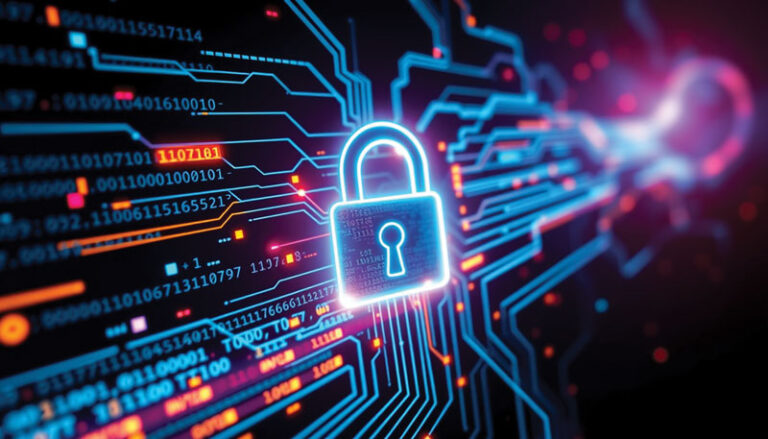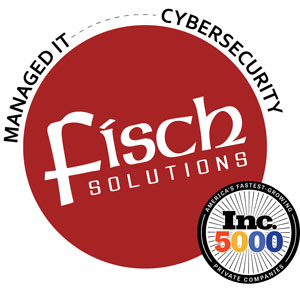CYBERSECURITY MATURITY MODEL CERTIFICATION VERSION 2.0 COMPLIANCE

As the digital landscape continues to evolve, manufacturers are facing increasing pressure to enhance their cybersecurity measures. With the rise of Industry 4.0 and the Internet of Things (IoT), protecting sensitive information has never been more crucial. Enter CMMC 2.0—a framework designed to fortify defense contractors against cyber threats while ensuring compliance with government standards.
But what does this mean for manufacturers? Understanding CMMC 2.0 is essential not just for compliance, but for safeguarding your operations and maintaining trust in a competitive market. Whether you’re new to the concept or seeking clarity on its implications, navigating these waters can be daunting. Let’s dive into what you need to know about CMMC 2.0 compliance and how it can impact your manufacturing business in today’s tech-driven world.
What is CMMC 2.0?
CMMC 2.0, or Cybersecurity Maturity Model Certification version 2.0, is an updated framework aimed at enhancing cybersecurity across the defense industrial base. This new model simplifies compliance by reducing the number of required levels from five to three. It focuses on a risk-based approach that accommodates various types of organizations.
CMMC 2.0 emphasizes essential security practices and controls tailored specifically for contractors working with the Department of Defense (DoD). The goal is to protect sensitive information from cyber threats in an increasingly interconnected world. Emphasizing alignment with existing frameworks like NIST SP 800-171, CMMC 2.0 promotes a more streamlined process for manufacturers seeking certification while ensuring robust protection against evolving cyber risks.
As companies integrate IoT devices into their operations, understanding CMMC becomes crucial for maintaining data integrity and securing valuable assets within this complex landscape. This is because IoT, Industry 4.0, devices are often overlooked and a common point of entry on cyber attacks. Often IT teams keep on top of the critical infrastructure items like firewalls, computers and servers but beyond that is often overlooked.
What are the critical controls of CMMC 2.0?
CMMC 2.0 introduces a refined framework aimed at bolstering cybersecurity across the Defense Industrial Base (DIB). At its core, it emphasizes three levels of maturity, each with distinct controls tailored to different types of contractors.
The critical controls include access management, asset security and incident response protocols. These elements are vital for protecting sensitive information from cyber threats. For manufacturers, securing IoT devices is essential as these become integral in Industry 4.0 environments.
Moreover, continuous monitoring and risk assessment practices ensure that systems remain robust against evolving attacks. The emphasis on documentation and training fosters a culture of cybersecurity awareness among employees.
As organizations navigate through compliance requirements, understanding these critical controls becomes paramount for maintaining operational integrity and trustworthiness within the supply chain ecosystem.
What are the most challenging areas of CMMC compliance?
Navigating CMMC compliance can be daunting for manufacturers. One of the most challenging areas is documentation. Keeping accurate records that align with the required practices takes time and expertise.
Another hurdle lies in understanding the specific requirements of each level. Many organizations struggle to grasp what controls apply to their operations, especially as they relate to IoT devices integral to Industry 4.0 transformations.

Training employees presents its own set of challenges. Ensuring that all staff understand cybersecurity protocols is vital but often overlooked amid daily production pressures.
Furthermore, integrating existing systems with new security measures can lead to compatibility issues. Manufacturers may find themselves balancing operational efficiency with rigorous security standards.
Ultimately, staying updated on evolving CMMC guidelines adds another layer of complexity, leaving many feeling overwhelmed by an ever-shifting landscape in cybersecurity demands.
Why you should outsource CMMC compliance
Outsourcing CMMC compliance can be a strategic decision for many manufacturers. Engaging with specialized firms allows companies to leverage expert knowledge and save valuable time. With the rapidly evolving landscape of cybersecurity, especially in sectors embracing Industry 4.0 and IoT technologies, staying ahead is crucial.
CMMC requirements can be intricate and demanding. By outsourcing compliance efforts, your team can focus on core business processes while ensuring that regulatory obligations are met effectively. Compliance specialists bring tailored strategies designed specifically for your industry’s unique challenges, which often makes navigating complex controls much simpler.
Additionally, these external partners stay updated with the latest changes in regulations and technology trends. This ensures that your manufacturing operations not only meet current standards but also adapt quickly to any future requirements.
Choosing to outsource may also provide cost savings in the long run. Avoiding potential fines or security breaches due to non-compliance could outweigh initial investment costs associated with hiring experts.
A common factor in small- to mid-sized manufacturers is that IT support and management is often outsourced or if internal, the teams are 1-4 people in size. Often these internal teams do not have the resources to manage the scale of CMMC and outsourced IT firms may not have the expertise in compliance work.
For manufacturers looking toward sustainable growth within an increasingly digital ecosystem, understanding CMMC 2.0 is essential—especially if you want to protect sensitive information while innovating efficiently within the realms of IoT and Industry 4.0 advancements.
Who is the Author
Fisch Solutions is a Hudson Valley based IT Managed Services Provider (MSP) who specializes in IT Support, Cybersecurity, and Compliance. In business for over 20 years, Fisch got its start in the 1990s when founder Jason Fisch built Beacon NY’s first website at age 15. From there the firm grew to being the largest IT MSP in the region and has been featured in INC Magazine’s INC5000 list twice of fastest growing businesses in America. The firm prides itself on innovation, customer support, and unique services. Fisch offers all your IT needs, under one roof and under one bill.




